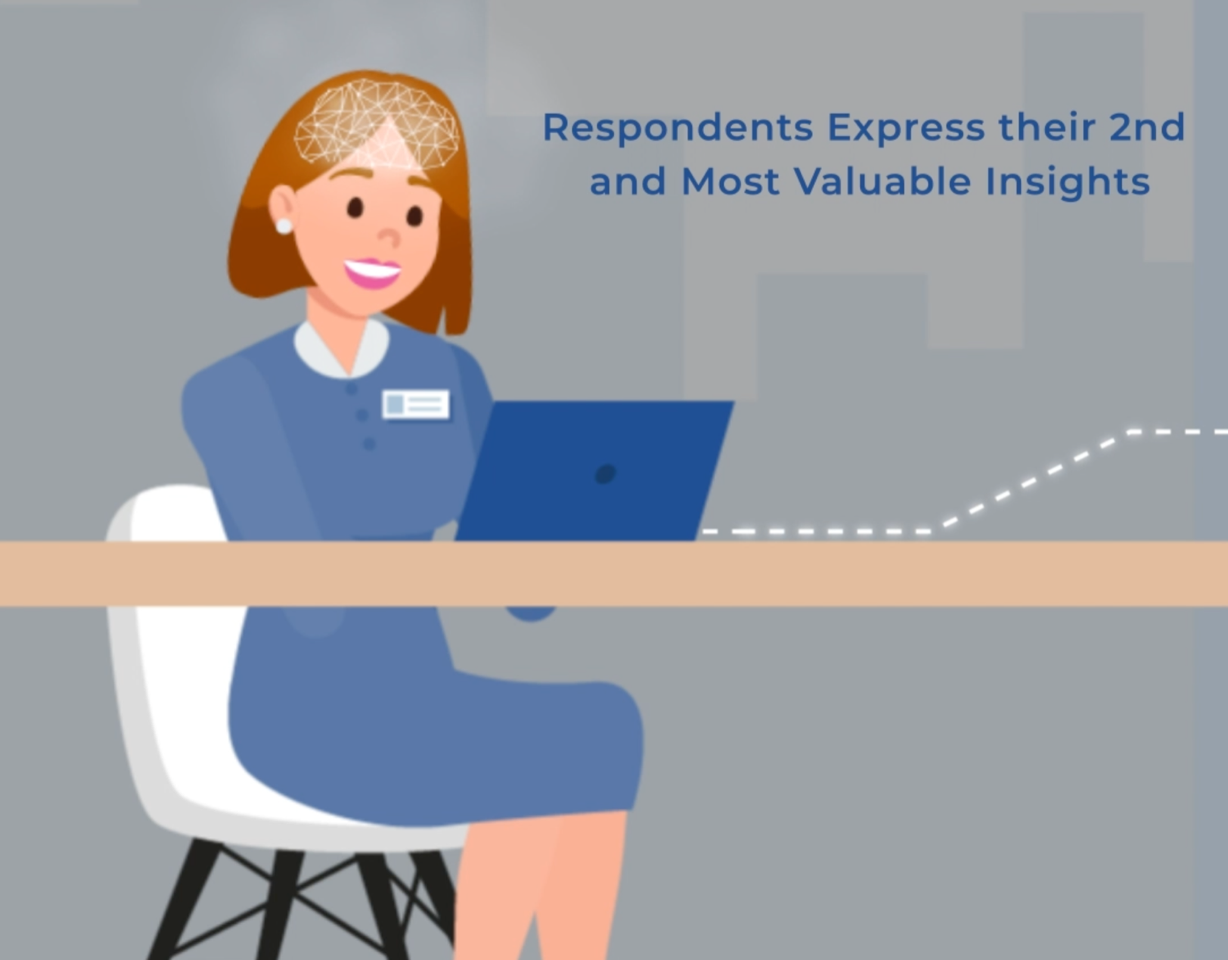What is going well? And do you want to keep it that way? Where can you improve? What do you need to make this happen and what can you do yourself? We work together because we need each other to achieve goals, learn from each other and gain insight into the next steps. 85% of the work is done by teams. Even for self-reflection you need each other. It is valuable to understand how collaboration works and how it can be even stronger. Only then is optimization possible.
Manager: “Our work is done by teams. Collaboration and trust are our foundation. How do we become and remain a high-performance team? How do we challenge, create a growth mindset, build and maintain trust, be open to feedback? Many questions, important answers. Through anonymous, inclusive team dialogues, we measure the pulse and learn how to keep what is good and improve what can be improved.”
What can you expect?
Convenience, visibility and involvement of employees, and better decisions. You will discover the power of people thinking and working together. This results in qualitatively better and more supported choices. You gain insight into the why, by asking solid, open-ended questions and, in a follow-up round, allowing the participants to react to the answers from the first round. Such a dialogue is a collaboration between all participants, in which everyone can easily participate and feels safe to share ideas and change points of view. A real-time dashboard allows you to keep a clear overview and quickly come to well-founded decisions about difficult, changing topics such as hybrid work/ the new way of working.
Project or ongoing?
You can use the dialogue either on a project basis or an ongoing basis. An ongoing subscription ensures that you are and remain regularly in dialogue, and you can closely follow hybrid work. We can even set up an entire programme of dialogues for you, for the important topics, targeting the corresponding groups of employees. In our dialogue, employees also learn to listen and learn from each other: after all, you are here to work together, as a collective.
People& Culture officer: “The dialogue results in something completely new: employees who can rate each other’s answers anonymously. Prioritizing, in other words. Really valuing each other’s opinion. In an accurate manner, neatly arranged in clear lists in my dashboard. This is possible with open answers. Weighed by the people themselves!
For whom?
For management, “new/hybrid working” project or programme managers, HR, works councils, authorities. Even if you are currently using surveys, polls, video conferences and other forms of work, make sure to request the demo. You will be surprised at the ease, the impact and the difference compared to other work methods.
Curious? Get started!
Good, because that’s where it starts: ambition, wanting to know why, wanting to discover how to improve. We would like to let you experience for yourself what we are enthusiastic about and what other organizations such as Gall & Gall, Unilever, Reclassering NL, SpaarneGasthuis, Inspectie voor Gezondheidszorg & Jeugd, RIVM achieve with their employees. Request our demo free of charge. It will also answer questions such as: do we do this once or multiple times? For the entire organization or teams or departments? Who designs the questions? For advice or also to take initiatives? What do the results look like?
Request your demo or email/call Maurik Dippel, at +31(0)611 78 80 47.
Case: The challenge for our team is that we have to complete a complex programme within two years and that team members also participate in other teams with high ambitions. This means that we have to work under high pressure. We want to keep our team vital and in balance. We need to focus on what’s important, how we can get it done together, don’t do everything or do things at another time. Feedback based on radical honesty is important to us in this regard. The CircleLytics anonymous dialogues, which we conduct every month, ensure this. Everyone can safely indicate what they need to stop, what to start and what to keep. In the 2nd round, we get priorities on the table, within four working days. On Monday morning, the follow-up is immediately agreed upon!
Questions that we use regularly are for example those from the Giesen model. We also get many questions from the CircleLytics Question Library and sometimes we consult the CircleLytics team on the design of questions:
What is the development stage of our team and what do you base that on?
Does our team have the potential to become a high-performing team? What is in the way?
What do you need more or less of from the team manager at this time and why?
What do you need more or less of from your team members at this time and why?

